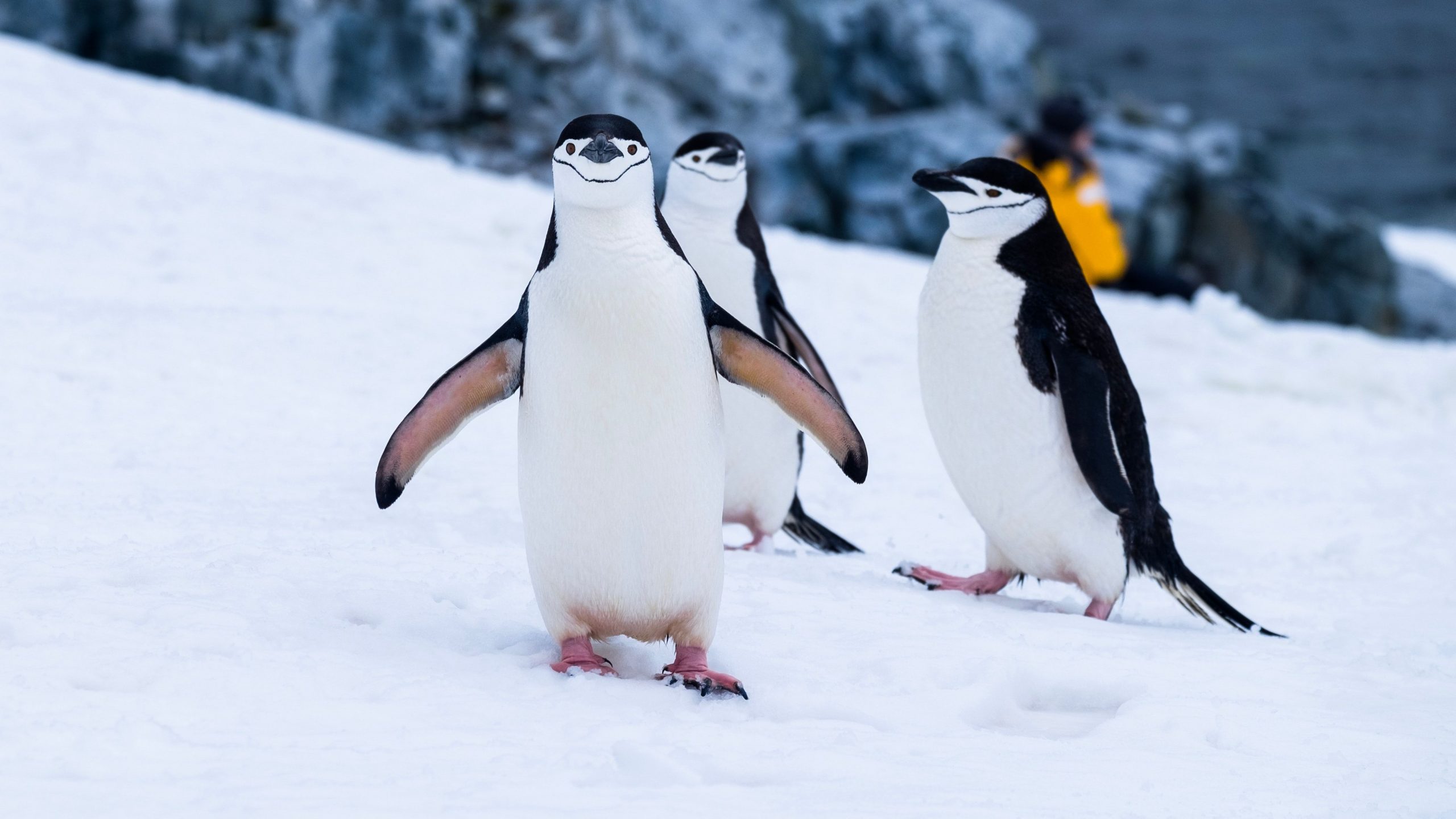A
group of Indian polar biologists has discovered a new species of moss in Antarctica.
Discovered in 2017, it took five years to confirm that the species has been
discovered for the first time.
The
biologists, based out of the Central University of Punjab, have named the
specie Bryum Bharatiensis based on Bharati, the Hindu goddess of
learning, and the name of one of India’s Antarctic research stations, reports
BBC.
Also Read | New Zealand records warmest June; climate change may be linked
Prof
Felix Bast, one of the biologists’ part of the six-month-long expedition to the
continent, discovered the dark green specie at the Larsemann Hills, overlooking
the Southern Ocean in January 2017 located near India’s research station.
The
peer-reviewed paper describing the discovery has been accepted in Journal of
Asia-Pacific Biodiversity — a leading international journal.
Describing
his discovery, Prof Bast said, “The big question was that how does moss survive
in this landscape of rock and ice.”
Plants
need nitrogen, along with potassium, phosphorus, water and sunlight to survive.
But with only 1% of Antarctica ice free, scientists found that the moss mainly
grew in places where Penguins bred in large numbers.
Also Read | The Last Ice Area turns wafer thin as temperature continues to rise
Penguin
excreta contains nitrogen. “Basically, the plants here survive on penguin poop.
It helps that the manure doesn’t decompose in this climate,” said Prof Bast.
How
does moss get sunlight? Scientists say that they don’t yet understand how
plants survive under the thick snow during the six months of winter with no
sunlight and temperatures falling to -76°C.
Also Read | Hundreds dead as record-breaking heat ravages US, Canada
According
to scientists, the moss dries up to a dormant stage, almost to a seed, and
germinates again in September during the summer. The dried up moss absorbs
water from the melting snow.
Following
the collection of samples, the Indian scientists spent five years sequencing
the plant DNA and comparing its form with other plants. The driest, coldest and
windiest continent, Antarctica has more than 100 different species of moss.







